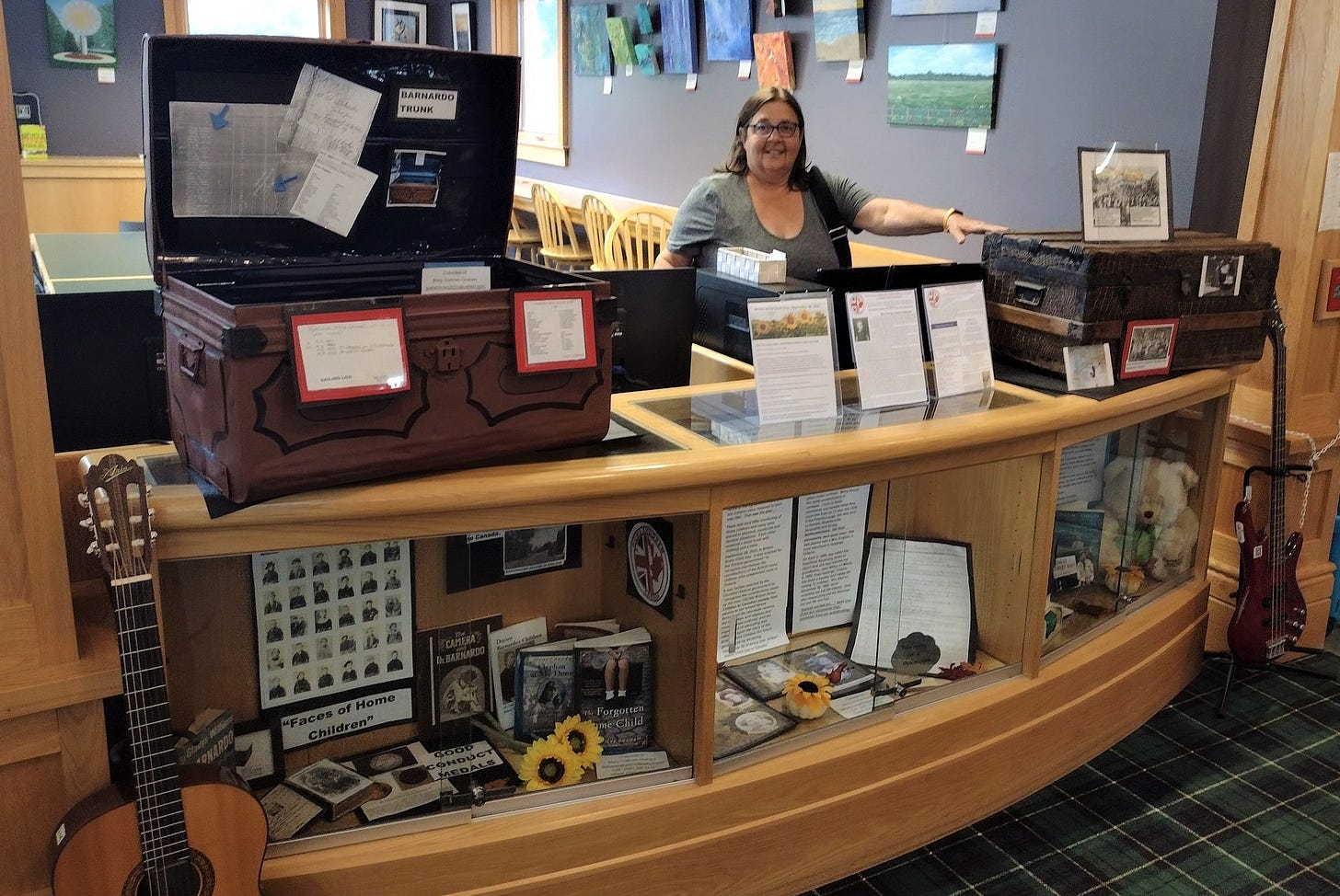Local descendants remember Home Children
British scheme sent more than 100,000 young children to Canada
What a different world our ancestors lived in. Imagine. Children as young as five, many of them orphans, all of them poor, stuck on crowded ships and sent across the Atlantic from Britain to a tough new life in Canada.
Two local women, Marg Graham and Dianne Cosway, are helping this community remember those children, known as British Home Children, and celebrating their resilience and their contributions to our society.
It’s estimated that while the export-of-children program operated from 1869 to 1939 more than 100,000 children from ages 1 to 18 were sent to this country. The average age was 12. Others were sent to Australia and South Africa.
The children didn’t come to enjoy an education, or a better childhood here, they came to work, either as domestics or farm labourers. Some were exploited, while others did enjoy a better life than they would have had in Britain.
Both women have a family connection to the program. Graham’s grandmother was 11 when she arrived here. “She was sent to 11 different placements, some were good and some were bad,” Graham said on Thursday at a municipal flag-raising ceremony in Old Mill Park that was part of their effort to remember the children.
Each year September 28 is national and provincial British Home Children Day. This year it’s Saturday and Graham and Cosway will be talking about the program at the Campbellford branch of the Trent Hills Public Library at 11 a.m.. They will also do a talk on Wednesday, Oct. 2 at the Hastings library branch at 7 p.m.
The Campbellford library currently has a display created by Graham that has stories about some of the children and shows how they travelled and how they lived once they got here.
Cosway said in an interview that there were two settlement offices in this area, one in Belleville and one in Peterborough, so many children wound up being settled near here. Her father in-law, aged 12, was first sent to a farm in the Hungerford area, then wound up on a farm near Madoc.
“He had a good placement and was well taken care of,” Cosway said. He lived in the Madoc and Belleville area for the rest of his life.
In addition to flying British Home Children flags in each of the local towns, the municipality has turned the clock faces on the Campbellford clock tower blue, red and white for the next few days. (They will switch to orange on Monday, Sept. 30 to mark Truth and Reconciliation Day.)







I think flu,.cholera, and other diseases killed the parents of many. Others were dumped into care because the families were too poor to raise them.
What was the cause of all these orphans that came out of Britain? That has never been fully explained.